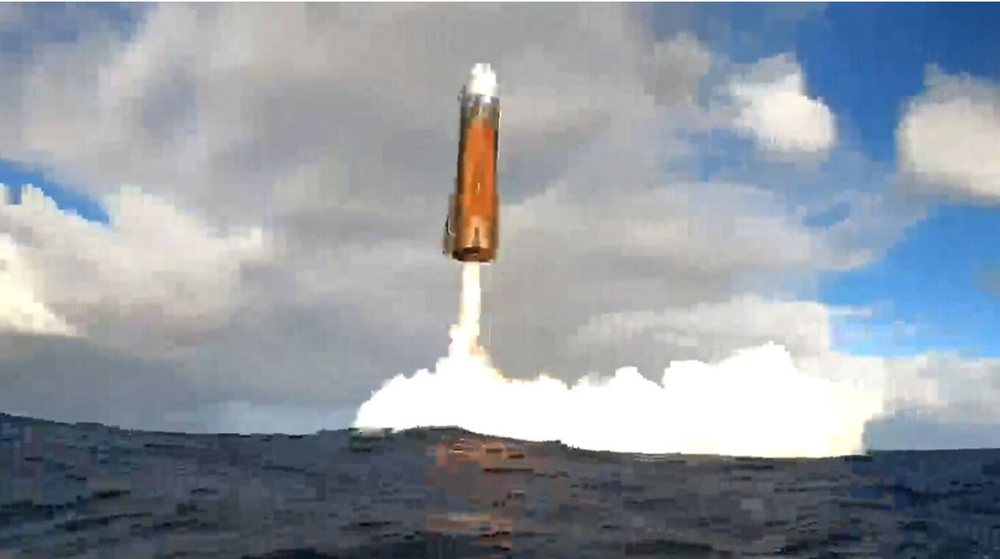
A major milestone was set today in the world of space exploration, as SpaceX successfully completed the 10th test flight of its giant Starship. After a series of technical challenges and previous failures, the company founded by Elon Musk managed to successfully conclude the mission, reinforcing its goals of creating a sustainable, reusable launch system capable of supporting future missions to the Moon and Mars.
The ship launched from the Starbase complex in Texas at 01:30 local time, after two failed attempts over the weekend and early this week. The first was aborted due to a liquid oxygen leak, while the second was canceled just two minutes before launch due to adverse weather conditions.
A mission successfully completed
After firing the 33 Raptor engines of the first stage – the Super Heavy Booster – the planned separation with the second stage, the Starship spacecraft, was achieved. This mission marked several important achievements: For the first time, Starship successfully tested the launch of a satellite payload into orbit, with eight simulated Starlink satellites.
A Raptor engine was fired in space, confirming the ship's ability to change trajectory before re-entry.
The Super Heavy Booster was deployed as planned in the Gulf of Mexico.
Starship itself, despite visible damage to the pads and thermal sheets, was steered in a controlled manner and after about 66 minutes completed the planned landing in the Indian Ocean, within the predicted area.
Footage released by SpaceX, taken from cameras mounted in the landing zone, showed a controlled return and precise landing of the spacecraft, being considered one of the most impressive moments of the program so far.
Technical challenges and stress tests
During the flight, Starship also underwent a special pressure test. The thermal cushions were placed under severe stress conditions using control fins, in order to assess their durability in extreme environments. This step was necessary to further improve the ship's protection against the high temperatures created during reentry.
The importance of the 10th flight
This mission has been described by SpaceX itself as its most complete and successful to date. Unlike previous flights, which had significant failures – including explosions and disintegrations during reentry – today's flight clearly demonstrates the technical improvements and progress achieved.
This success strengthens the company's position in major space projects: NASA's Artemis III mission, which aims to return humans to the surface of the Moon, where Starship will be used as a landing vehicle.
Musk's ambitions for the colonization of Mars, where the ability to transport large cargo and people is essential.
The development of the Starlink satellite network, for which Starship is expected to serve as the main launch platform in the coming years.
A step forward towards the space future
With this flight, SpaceX marked a turning point after the failures of flights 7, 8 and 9, showing that Musk's vision of a reusable and lower-cost spacecraft is becoming a reality.
Today's success not only gives the company's program a boost, but also reinforces international confidence in Starship as a key element for deep space exploration.














